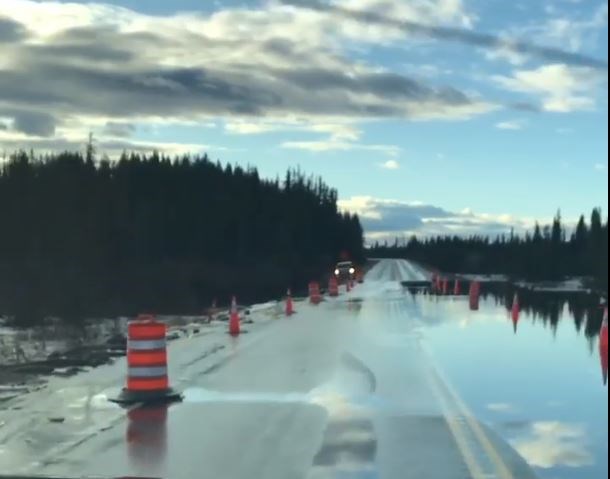Sometimes it takes an absolute disaster to bring about real change.
There appears to be a strong likelihood that maxim will apply to this year’s trifecta (so far anyways) of natural disasters: raging wildfires, record heat levels and torrential rainstorms that caused massive flooding and debilitating landslides.
Only after these extraordinary events levied a terrible toll was there serious consideration given to “doing things differently” in key areas.
When it comes to wildfires, the expectation is there will now be more proactive measures taken rather than mostly reactive ones. For example, more fuel will be removed from forest floors and more prescribed burning will occur before the wildfire season shifts into overdrive next summer.
Building construction rules will likely change and mitigation measures (such as planting more shade trees) will help deal with the other “heat domes” that undoubtedly await us in future summers. Air conditioning will become more common and even required in some instances.
Much of our infrastructure network – roads, bridges, sewers, dikes etc. – will have to be overhauled to adapt to future catastrophic weather events, such as atmospheric rivers and massive flooding. So much of it was built to withstand climate conditions more than 50 years ago and not the climate of today.
Cities and municipalities will need to quickly take inventory of their infrastructure stock – everything from culverts to sewers to ditches – to see if they are able to deal with increased water flows.
Massive flooding is one of the most common and serious outcomes of a warming planet. There has been criticism for years that the dike system in the Fraser Valley was inadequate and needed strengthening.
Will those needed changes occur before next spring’s runoff? I would not be surprised to see the provincial government take more control over managing flood risks, rather than ceding so much power to local governments.
The former BC Liberal government, which delighted in downsizing and decentralizing provincial services, handed off flood risk management to municipalities early in its first term. The current NDP government will revisit that decision.
Highways were among the hardest hit in the most recent major weather event so expect changes in construction methods for them. They may have to be more elevated in key areas and neighboring hill or mountain slopes (which may again become saturated with water) will have to be more regularly inspected and monitored to prevent more landslides.
The fact the Coquihalla Highway – long considered an engineering marvel – snapped like a twig in five sections is itself a wake-up call for serious changes.
In addition, the planned update of B.C.’s emergency planning and response system -- currently planned for next fall – may have to occur earlier.
All of these disasters can be linked to our warming planet. As a result, there appears to be a good chance that many of the recommendations associated with fighting climate change will now move up the priority queue at various levels of government.
Ironically, framed against all this is the unescapable fact that the latest weather event displayed the vitally important role the Trans Mountain pipeline plays in the B.C. supply chain. In fact, it strengthened the argument that the pipeline is badly needed, even with concerns about climate change.
An absolute disaster can indeed lead to real change. However, change can only go so far.
Keith Baldrey is chief political reporter for Global BC.



